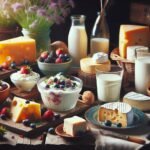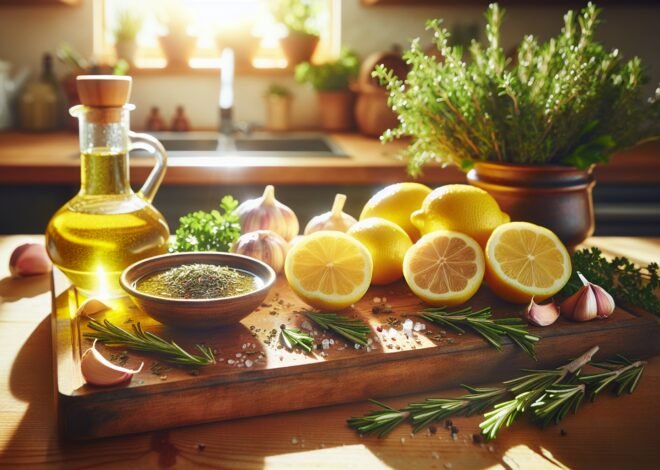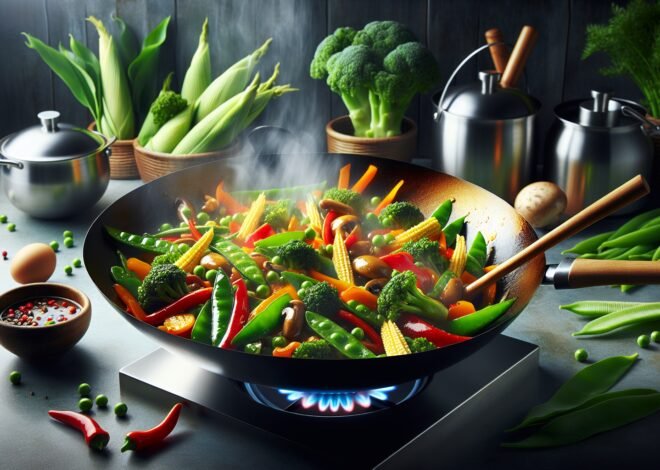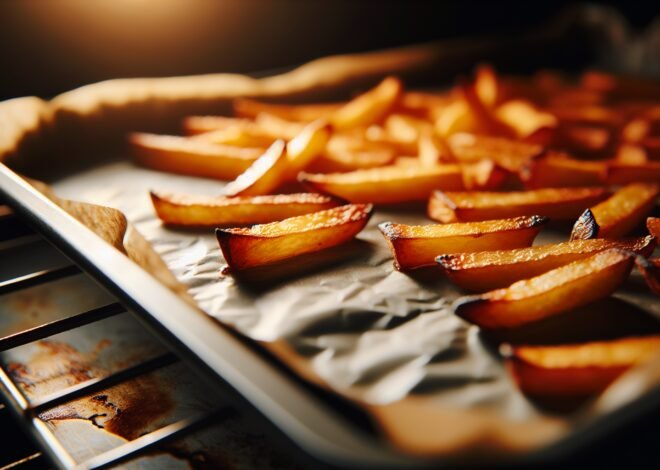
How to Measure Butter and Oils for Baking and Cooking
Measuring butter and oils accurately is crucial for perfect baking and cooking results. A slight miscalculation can alter the flavor or texture of your dish. This guide simplifies measuring techniques, whether using cups, spoons, or scales, ensuring your recipes turn out just right. Discover tips to measure room temperature, melted, or solid butter, and explore methods for various types of oils, like olive or coconut, across different states. Armed with this knowledge, you can approach your culinary creations with precision, enhancing the success of your kitchen endeavors.
## Understanding the Importance of Proper Measurements in Baking and Cooking
Accurate measurements serve as the foundation in both baking and cooking. The chemistry of ingredients works best when precise quantities are used, ensuring flavor and texture consistency. Missteps in measurement can lead to disappointing results, leaving one wondering what went wrong. Let’s dive into why precision is paramount and how you can ensure your culinary creations are always a success.
### Why Accurate Measurements Matter for Recipes
Every ingredient in a recipe plays a unique role. Accurate measurements guarantee that these ingredients balance perfectly. In baking, for example, too much flour can make a cake dense, while too little can cause it to collapse. Cooking provides some flexibility, but precise measurements still ensure that flavors meld in harmony. A well-measured dish brings out the best of each ingredient, creating a symphony of flavors that delight the palate.
### Common Mistakes When Measuring Butter and Oils
Even seasoned cooks can fall prey to measurement mishaps. One common error is not accounting for the state of the butter—cold or melted. Cold butter occupies more volume, potentially throwing off your recipe. Similarly, oils should be measured at eye level in a flat-bottomed container to avoid skewed readings. These mistakes may seem minor, but they can drastically alter your dish’s outcome.
### Tips for Ensuring Consistent Results
To achieve consistent results, employing the right tools and techniques is essential. Use digital scales for precise measurements, especially for dry ingredients like flour and sugar. Opt for liquid measuring cups for oils and water-based ingredients. Additionally, always measure ingredients at the same temperature as they will be used. This ensures uniformity and accuracy, making your recipes turn out perfectly every time.
## Techniques for Measuring Butter and Oils Correctly
Mastering the art of measuring butter and oils can elevate your cooking and baking. These fats are key components that affect texture, moisture, and flavor. Using the right techniques not only brings consistency but also enhances the overall quality of your dishes. Let’s explore the best methods for measuring these essential ingredients.
### How to Measure Butter Using a Scale
Using a scale to measure butter is a game-changer for precision. Start by placing your bowl on the scale and tares it to zero. Cut the butter into chunks and add gradually, watching the scale until you reach the required weight. Scales eliminate the guesswork involved with volume measurements, ensuring that every gram of butter contributes exactly as intended to your recipe.
### Best Practices for Measuring Oils with Liquid Measuring Cups
Liquid measuring cups are designed to provide accurate readings for oils. Pour the oil slowly into the cup, ensuring the cup is at eye level. The surface of the liquid should align with the measurement mark, accounting for the meniscus. A clear cup with distinct measurements helps in getting precise amounts, vital for recipes where oil affects texture and taste.
### Using Alternative Methods for Precise Measurement
When traditional tools aren’t available, alternative methods can save the day. For butter, use a water displacement method by submerging wrapped butter in water and measuring the displaced volume. For oils, consider using syringes for exact small quantities. These methods require careful execution but can provide precision when typical tools are out of reach.
## Converting and Adjusting Butter and Oil Quantities
Conversion and adjustment of butter and oil measurements are crucial for tailoring recipes to your needs. Whether it’s for dietary adjustments or adapting for different units, understanding how to modify these measurements can open up a world of culinary possibilities. This section will guide you through the essential techniques for conversion and adjustment.
### Converting Between Different Units of Measurement
Converting measurements from one unit to another ensures flexibility in following recipes. For butter, remember that 1 stick equals 113 grams or half a cup. Oils often require conversions between milliliters and cups; 1 cup of oil is approximately 240 milliliters. Keeping a conversion chart handy can simplify this process, allowing for seamless adaptation of recipes from different regions.
### Adapting Recipes for Dietary Needs with Butter and Oil Substitutes
Adapting recipes for dietary preferences or health reasons involves selecting appropriate substitutes. Coconut oil, olive oil, and avocado oil are popular alternatives to butter. Each has unique flavors and characteristics, so choose one that complements your dish. Understanding the properties of these substitutes ensures your recipes maintain their intended texture and flavor.
### Adjusting Measurements for Altitude and Baking Conditions
Baking at high altitudes or in varying environmental conditions can affect ingredient behavior. At higher altitudes, reduce baking time and increase liquids slightly to counteract the dry air. For butter and oils, slight adjustments can help maintain the right consistency and rise. Experiment with small changes until you find a balance that works perfectly for your location.
This structured approach to measuring and adjusting butter and oils will transform your cooking and baking. With precision and adaptability, you can confidently tackle any recipe, ensuring delicious results every time.
Conclusion
The article emphasizes the importance of accurately measuring butter and oils in cooking and baking. It suggests using liquid measuring cups for oils and solid measuring cups or kitchen scales for butter. Butter can be tricky due to its solid state, so precise measurement is essential for recipes. The article highlights common mistakes like not leveling off butter or misreading liquid measurements. Proper measurement ensures the consistency and quality of the final dish.
“`html
FAQ
How do you accurately measure butter and oils for baking recipes?
Use a kitchen scale for precise measurement of butter and oils. Scales provide accuracy, especially when recipes call for specific weights. Measuring cups work well for volume measurements, but may vary with different consistencies.
What are the best tools for measuring butter and oils in cooking?
For butter, a kitchen scale and butter markers on packaging offer exact measurements. For oils, liquid measuring cups with spouts ensure easy and spill-free pouring. These tools help achieve the correct balance in recipes.
Can you convert butter measurements from cups to grams or ounces easily?
Conversion is simple. One cup of butter equals approximately 227 grams or 8 ounces. Using a conversion chart or online tool provides quick and accurate results for various measurements.
How does the temperature of butter affect its measurement for recipes?
Butter’s temperature impacts its volume. Cold butter measures more accurately due to its solid form. Room temperature or melted butter may require slight adjustments in measurement for precise results.
What is the correct way to measure different types of oils for healthy cooking?
Use a clear liquid measuring cup for oils. For accuracy, pour at eye level to ensure the correct measurement. Different oils may have unique densities, so measuring by weight can also enhance accuracy.
Are there differences in measuring melted versus solid butter in culinary applications?
Yes, melted butter has a different volume than solid butter. Solid butter can be measured by volume or weight, while melted butter should ideally be measured by weight for precise recipe execution.
“`











